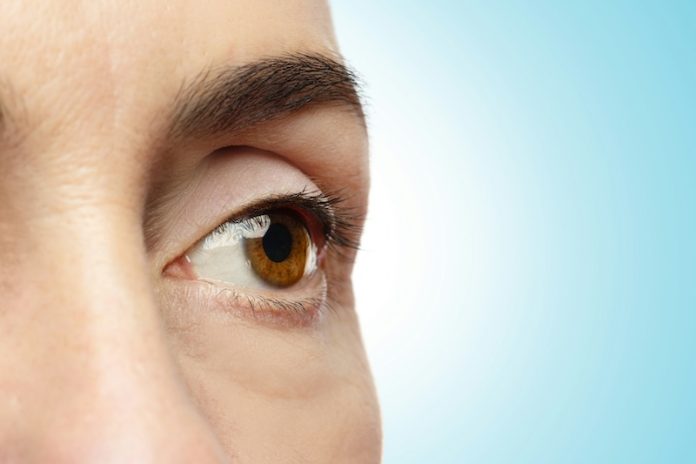
New research shows that older women may be more at risk of harmful inflammation when receiving gene therapy for serious eye diseases.
Scientists at the University of Bristol found that both age and gender can affect how the body reacts to gene therapy. This reaction can sometimes lead to eye damage instead of improvement. The study was published in the journal Molecular Therapy.
Gene therapy is a new way to treat some eye diseases that were once thought to be incurable. In the United Kingdom, about 2 million people have some form of sight loss.
Over 1 million of them suffer from permanent blindness or partial vision loss due to diseases like age-related macular degeneration, glaucoma, and diabetic eye disease.
Gene therapy offers hope by using a harmless virus, called Adeno-Associated Virus (AAV), to deliver healthy genes to cells at the back of the eye. These new genes help eye cells work properly and stop further vision loss. But some patients in clinical trials had unexpected inflammation that actually made their vision worse.
This happens because the immune system sees the virus used in gene therapy as a threat. The body reacts by attacking the virus, which can cause inflammation and damage the eye. It can also make it harder for doctors to give the right dose of the treatment. The research team at Bristol wanted to understand why this happens and how to prevent it.
To do this, the team studied eye cells from animals of different ages and genders. They looked at how cells from young, middle-aged, and older males and females reacted to the gene therapy virus. They focused on how the immune system responded—not the disease itself.
The study found that young male and female eye cells had similar short-term reactions. But when they looked closer, the way cells reacted at a deeper level was different. As the cells got older, inflammation lasted longer and got worse in both males and females.
A key discovery was that older female eye cells had much stronger inflammation. This was linked to signs of damage in the retina, the part of the eye that senses light.
Older male eye cells had a steady immune response, but older female cells were more stressed and showed more inflammation. This means older women might be at higher risk of side effects like vision loss when receiving gene therapy.
Dr. Alison Clare, the lead author of the study, said these findings show why it’s important to consider a person’s age and gender before giving gene therapy. She said that doctors should group patients by age and sex to make treatment safer.
While gene therapy is a powerful tool for treating eye disease, it needs to be used carefully, especially in older women. The risks and benefits must be weighed for each person.
This research could lead to better ways of using gene therapy. Doctors might need to change treatments based on age and gender to reduce the risk of inflammation. Future studies will likely explore how to manage the body’s immune response and make gene therapy safer for everyone.
As gene therapy advances, learning how different people react will be key to creating safe and effective treatments. This study is a step toward personalized medicine for people with vision problems.
If you care about eye health, please read studies about how vitamin B may help fight vision loss, and MIND diet may reduce risk of vision loss disease.
For more information about eye disease, please see recent studies about how to protect your eyes from glaucoma, and results showing this eye surgery may reduce dementia risk.
Copyright © 2025 Knowridge Science Report. All rights reserved.



